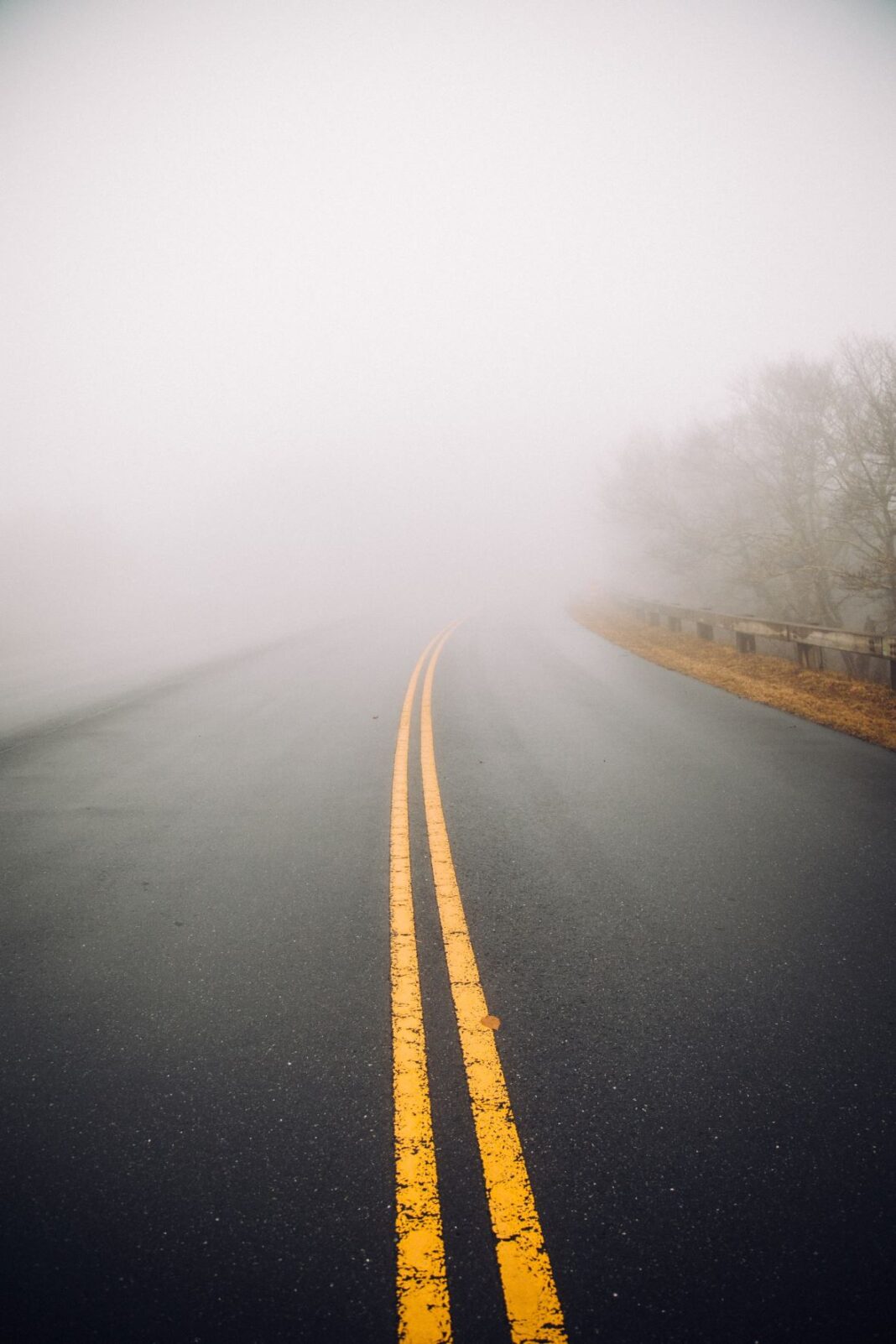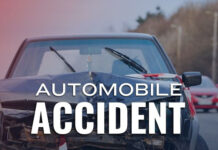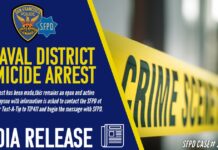UNITED STATES—The San Francisco area is no stranger to fog. The Bay Area experiences more fog than many other coastal cities, including Los Angeles. On January 20, 2022, a blanket of dense fog swathed the city and led to several serious car accidents. The driving and navigational challenges posed by the fog are often overlooked by harried drivers.
What Happened on January 20?
On Thursday, January 20, the dense fog affected the early morning rush hour. The thick, low clouds reduced visibility to one-quarter of a mile or less. When the clouds are this thick, headlights reflect back at the driver. This causes a huge distraction and further reduces visibility. The National Weather Service issued a dense fog advisory. In the advisory, officials warned commuters not to use their high-beam headlamps, and they also advised reducing traveling speeds and using extra caution when passing. Drivers were also warned to leave more stopping distance between their vehicle and the one ahead of them.
Video Captures the Foggy Conditions:
Surveillance photos and videos from the Citizen App show that the fog on the morning of January 20 was so thick that headlamps reflected from it. This caused the light to bounce back at drivers and limit their ability to see the road. The low visibility conditions likely contributed to a crash around 6:00 am in the westbound lanes of the Bay Bridge.
Multiple Serious Accidents Affect the Bay Area
The Citizen App also showed reports of multiple crashes on the highway. One of those collisions was on I-80 near 7th Street in the eastbound lanes of travel. Another accident on the on-ramp from northbound 101 to I-80 snarled traffic.
Bay Area Weather Conditions
According to SFist, the foggy weather began on the morning of Wednesday, January 19. It increased in severity Thursday morning, and it finally cleared on Thursday afternoon. The National Weather Service issued dense fog advisories for both North and South San Francisco Bay. The advisories also covered areas of the city of San Francisco, the Bay Shoreline and North Bay Valley.
California Laws About Driving in Foggy Weather:
Because foggy weather is so common in parts of California, the state has specific driving laws that require drivers to take specific actions in these weather conditions. According to the California Department of Motor Vehicles, drivers must adjust their speeds to the road conditions. In foggy weather, this means driving slower than the usual speed limit for the particular roadway. Attorneys agree; you may be held liable if you cause an accident during inclement weather, so motorists should only drive at a rate of speed that allows them to maintain control of their vehicles and ensure the safety of others.
The best advice the California Department of Motor Vehicles has for drivers attempting to travel in foggy weather is: don’t. The department explains that it is safest to postpone the trip until the fog clears. When driving is absolutely necessary, drivers should proceed slowly, use their low-beam headlamps and engage their windshield wipers to remove condensation. Drivers should avoid the high-beam headlights, as those will cause light to bounce back off the clouds and create blinding glare.
The Department of Motor Vehicles also advises against relying on just the fog lights. Drivers should also increase their following distance and prepare to stop within the space that is visible ahead. Drivers should avoid crossing lanes or passing other vehicles unless absolutely necessary. To keep the windshield and windows as clear as possible, drivers should make use of their wipers and defrosting system.
When visibility is poor, drivers will need to use their sense of hearing in order to drive safely. Drivers should listen for traffic they can’t see. This might require turning down the volume of radio or music until the fog lessens.
If fog becomes so dense that a driver can only see a few car lengths ahead, they should consider pulling over to the side of the road or parking in a parking lot until the fog clears. If a driver moves to the side of the road, they should activate their emergency signal lights, or “flashers”, until conditions improve. When reentering traffic, the driver should turn off their emergency signals and use their turn signal to indicate their intent to reenter moving traffic.







